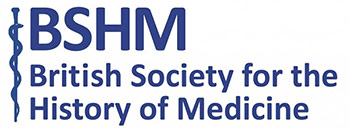August 26th marks National Dog Day.[i]
The dog is of great importance to the history of medicine. Dogs have played a role for developing new treatments for an array of diseases, most notably diabetes mellitus. In 1889 Joseph von Mering and Oskar Minkowski demonstrated that by removing the pancreas from a dog, the animal developed diabetes: this led to the discovery that insulin regulated sugars in the blood.
The dogs’ significance in the history of research extends into developments of vaccines, toxicity tests and blood transfusions. There is more information on this rather grim history at:
http://www.animalresearch.info/en/designing-research/research-animals/dog/
This article focuses on a slightly happier story, the history of the dog biscuit and the wider context of the retailing of animal products and veterinary medicines within the medical marketplace.




